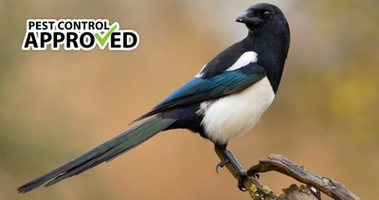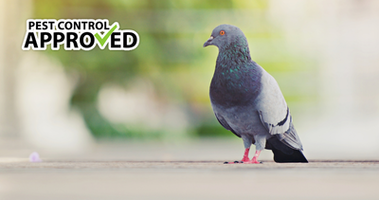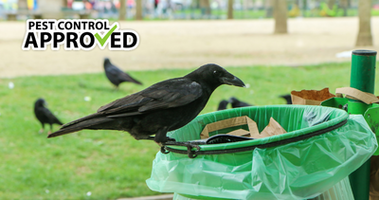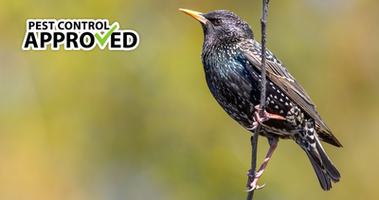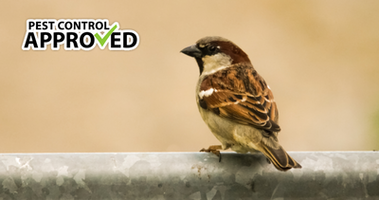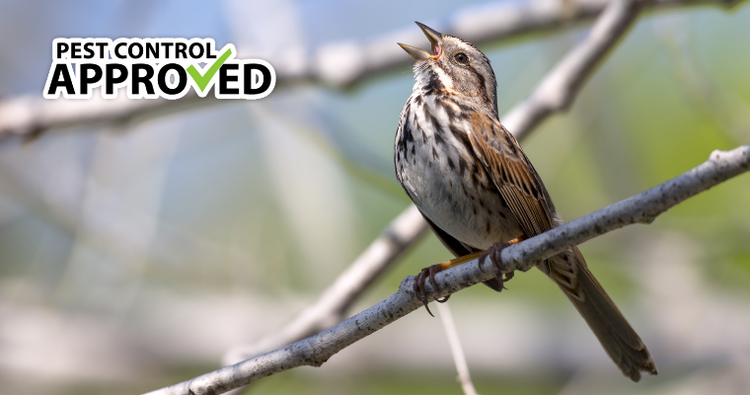
Song Sparrows
Song sparrows are the most abundant native species in Canada. Over a hundred subspecies range across North America. Song sparrows get their name from their many varied songs. They sing to show ownership of territory and to attract mates. Song sparrows can sing as many as twenty different tunes with hundreds of spontaneous variations within those songs. They often learn these songs from other native birds before taking over their territory.
NAME: Melospirza melodia
LOCATION: North America
HABITAT: Brushland, marshes
DIET: Insectivore and granivore
SIZE: 12 – 17 cm
PREDATORS: Cats, owls, squirrels
LIFE EXPECTANCY: 3-6 years
Size
Song sparrows medium sized sparrows although their size varies greatly between different subspecies. They are about 11 to cm long with a wingspan of 18 to 25 cm. They weigh between 11.9 and 53 g, averaging around 23 g.
Appearance
Song sparrows are not sexually dimorphic. Both males and females look similar. Their wings and backs are brown streaked with dark brown. Their bellies are white with lighter brown streaks. There is a darker brown spot on their breast and head. They have a grey face with a brown streak over their eyes. The southern song sparrows are lighter brown with a whiter base color.
Diet
Song sparrows forage in low grasses, scratching the soil to turn up seeds and insects. Like many sparrows, they require more insects during breeding season. They eat insects such as weevils, beetles, caterpillars, and spiders. In winter, they eat more seeds, particularly at bird feeders. In the wild, they forage grains like buckwheat, ragweed, clover, and sunflowers. Their diet varies depending on where they live. Sparrows in coastal areas may eat small crustaceans. In British Columbia, they have been observed eating other birds’ droppings.
Habitat
Song sparrows are generalists; they thrive in many different areas. Nonetheless, they prefer brushland and marshes. Both provide large areas of low-lying water and short grasses where they can easily forage. The rushes and longer grasses also provide safety and shelter. But sparrows also thrive in human areas such as the suburbs, fields, and roadsides. They can forage equally well in urban lawns and rural fields. In winter, they migrate to the southern USA and Mexico.
Reproduction
Song sparrows make their nests near the ground in grass and weeds. They often build near water. The female builds the nest before mating and the males will sing complicated melodies near the nest sites to attract a female. Eggs are laid in early spring and summer. The number of broods ranges from one to seven, depending on the location. Each brood contains around 4 eggs. The eggs are 1.7 to 2.3 cm long. They are blue, blue-green, or grey-green with brown spots. The eggs incubate for 12 to 15 days before hatching. Once hatched, they stay in the nest for 9 to 12 days. While in the nest, both parents feed and care for the babies.
Predators
Because sparrows live in urban areas, hide in low grass, and feed in groups, they have relatively few predators. Their main predators are parasitic birds and squirrels. Squirrels, and racoons, steal and eat sparrow eggs and young. Owls also prey on song sparrows. They are able to attack sparrows at night when they are most vulnerable.
Scientists have noticed that song sparrows show little fear towards snakes and dogs, likely meaning that they are not a significant threat to song sparrows. Domestic cats, however, are a significant threat. In North America, domestic cats kill thousands of birds each year. Cats ambush sparrows as they feed on or near the ground. Cats typically target young, old, or infirm birds.
One of the most significant threats to Song sparrows is the Brown-headed Cowbird. It is a parasitic species who replace sparrow eggs with their own. Their eggs look similar enough that the sparrow is unaware. The cowbird eggs often hatch faster and thrive better than the sparrow’s own eggs. Frequently, the cowbird hatchling will be fed and cared for at the expense of sparrow hatchlings.
Lifespan
Song sparrows typically live three to six years in the wild. The oldest recorded sparrow was 11 years old. Like many small birds, they have high mortality rates in their first year of life. Their eggs are frequent prey of squirrels and racoons while baby sparrows can be killed by predators or falls from the nest.
If you are experience issues with Birds and require Bird Control, take a look at our trusted Exterminator Directory today!


